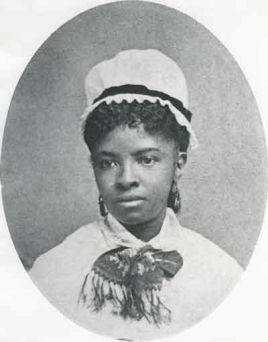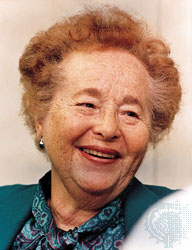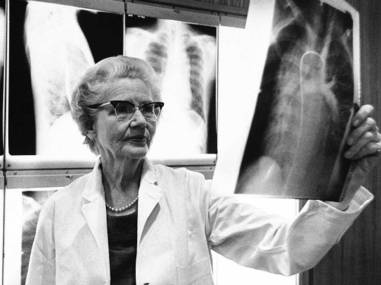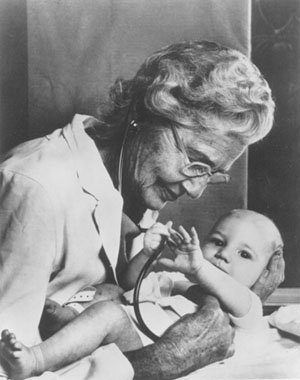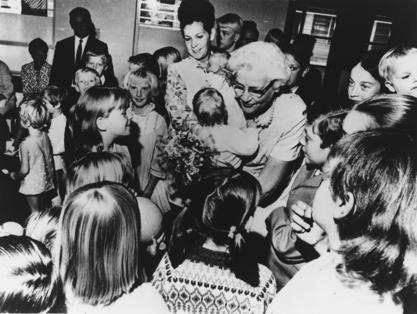Hey everyone! We are back with a throwback post about a woman, who was a groundbreaking activist, congresswoman, and health political leader in America. Her name is Shirley Chisholm. Shirley advocated for the needs of minorities, children, and women. She became the first woman ever to run for presidential candidacy and the first black woman in congress, which she served seven times afterwards.
Chisholm was born in Brooklyn, New York in 1924. She was there until 3 years old and then went to live with her grandmother in Barbados. She went back to New York as a young adult to continue her education, which led to her activism and political career.
Her efforts as a community activist not only did a lot for African Americans, but also for women of color. Shirley Chisholm wanted to help people in low income cities live better lives. She knew by creating a better government their quality of life would be better. She helped create more government support to provide healthcare, education and other needed social services. For instance, Chisholm knew the importance of having child care options for working women. In 1953, she became the director of the Hamilton Madison Child Center for 4 years, and then served as an educational consultant for the Division of Daycare. She supported working families by sponsoring the increase of funding for daycares so their hours could be longer, and wanted a minimum annual income for families. She was a politician for the people and truly cared about America’s citizens.(Acasta,O’Reily,Taha, 2016).

Shirley Chisholm went on to announce her presidential campaign in 1972. Chisholm’s presidential campaign aimed to address all of the issues and concerns of underrepresented groups, such as: African Americans, women, Native Americans, the poor and young people. Chisholm’s experience as a political activist pushed her to fight for better representation of minority groups.
Although Shirley received support from a few groups, she got backlash from others, which started the list of obstacles of her campaign. Sexism was prevalent and the African American community was no exception. For every group that supported Chisholm, another felt it would be better if a man would improve the situation. Also, Chisholm gained physical support, but no endorsements from feminist organizations. Some felt it would be a lost cause to financially support her. Shirley was very smart because she wasn’t foreign to the issues experienced.
“I ran because someone had to do it first. In this country every- body is supposed to be able to run for President, but that’s never been really true. I ran because most people think the country is not ready for a black candidate, not ready for a woman candidate. Someday . . . It was time in 1972 to make that someday come and, partly through a series of accidents that might never recur, it seemed to me that I was the best fitted to try . . .” – Chisholm (during an interview in the 1970s)
Shirley Chisholm saw many problems that needed to change through her life. Trying to become president in the 1970’s showed more of the problems that we have in America. This may seem like far in the past, this was only 44 years ago! As a country, the United States has a long, long way to go. We need everyone to understand that every human life matters and should be recognized in our political systems. If we don’t understand that value, equality won’t be able to exist and actually matter. Shirley Chisholm understood that, and never gave up even when she didn’t get support from everyone. By not giving up, you will eventually make a change.
References:
Shirley Chisholm Biography
Shirley Chisholm




